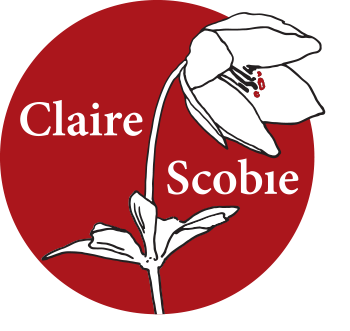20 Dec Last seen … curving the arc
 Story arcs. What are they? Why are they useful?
Story arcs. What are they? Why are they useful?
For years I didn’t think that story arcs applied to non-fiction like they do to fiction. For any of you involved in film or television, the story or character arc is a familiar concept. Television episodes or comic books are structured according to an arc to ensure you keep watching or turning the pages. Among the ‘how to write fiction’ books which talk about story arcs, many are based on Joseph Cambell’s classic ‘Hero’s Journey’ which forms the basis for hundreds (or thousands) of Hollywood films.
While different rules apply in non-fiction because you aren’t making it up, the notion of a narrative or story arc can be applied to many different media. I discovered just how useful the arc is when giving a recent presentation.
Last week I gave a talk with writer and plant-hunter Ken Cox on ‘Hunting the Red Lily’. When I first went to Tibet in 1997, I travelled with a bunch of eccentric plant-hunters in search of a rare flower, Lilium paradoxum. Ken Cox, editor of Riddle of the Tsangpo Gorges, led the expedition.
While both of us have given talks separately about our respective books, this was the first time we would be on stage together talking about our quest for the flower. When we came to decide what to say and how to say it, we realised that to make it work, we needed a narrative arc. We also made use of his stunning images of Tibet to illustrate our talk.
So, some key points on plotting your arc. These can be applied to pitching an idea, giving a presentation, writing a travel article or a full-length memoir.
- Tell a story. We all know that storytelling has been around since cavemen and women sat around campfires. Storytelling is hardwired into the human psyche. Not only is it the most effective way to get your message across, your audience is more likely to retain the information.
- Have a beginning, middle and end. You don’t have to start at the beginning and end at the end, although chronology is an obvious structure to use. You can start at the most dramatic moment, but still go back to how you got there and progress forwards. Or you can use past, present and future as a structure.
- Find a logical path. Whether you are writing about a journey through the Himalayas or selling a new product, think of one clear path that will take you through. Use stories to illustrate your points as you go.
- Think about light and shade. This is both in terms of the content and the words you use. So, if you are describing something technical, contrast that with an anecdote, a case study or a quote.
- Work out your themes. The themes of a story often underpin the arc itself and give it depth.
- Build to a climax. You might not be making a Hollywood blockbuster, but even in a travel story think about a high moment in your narrative. This is the top of the curve.
- Bring in conflict. Even if you are not a full-time writer and you’re giving a presentation on a new government policy, you can show what issues were faced and how a resolution was achieved. (Unfortunately conflict or struggle is also hardwired into the human psyche. It is certainly a key element in story-telling. By overcoming conflict we grow and change, and the story progresses.)
- End with a resolution. This doesn’t mean always mean solving a problem, but you need to think of how to satisfy your audience or reader.
Writing this now, I am not sure if I covered all those points in the talk. I’ve been thinking about them since then…
